Oldsmobile
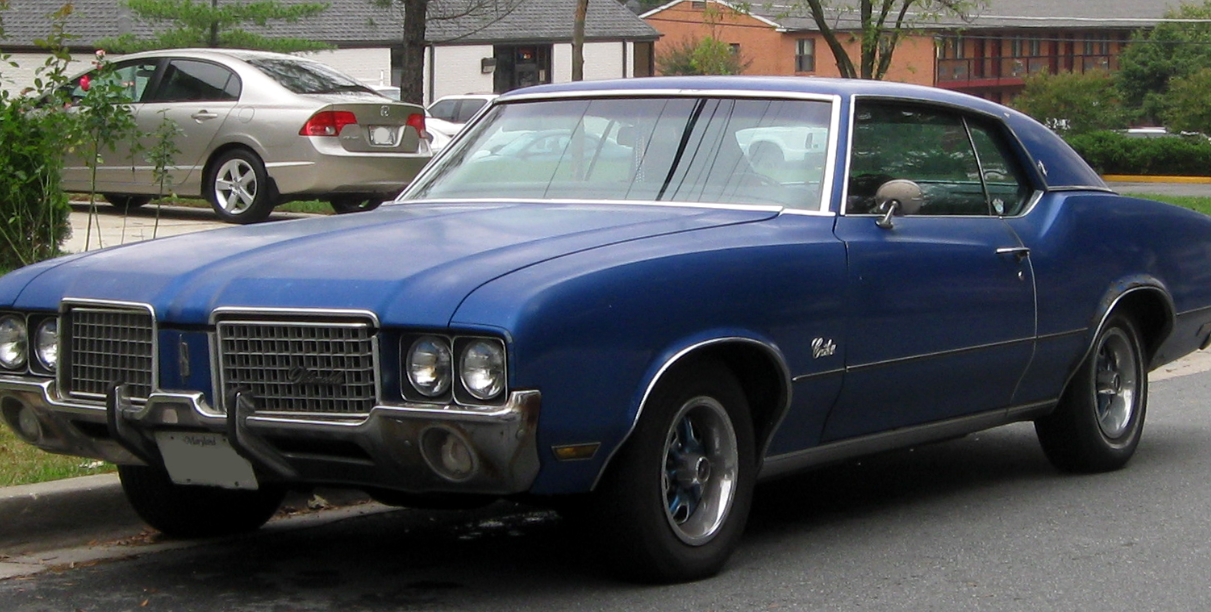
An off-shoot of General Motors, Oldsmobile created a whopping 35 million cars across their century-long history. Why did they shut down? Nobody really knows. General Motors announced in 2000 that they would be phasing out the brand and, by 2004, the final Oldsmobile (the Alero) was released.
Henri Bendel

When it comes to big fashion brands, America has traditionally had to rely on European exports. Henri Bendel was a fabulous exception to the rule, opening their flagship store on Fifth Avenue in New York City in 1913. Over seven decades, the company expanded into 11 other states, only to shut up shop in 2019 due to poor sales.
Woolworth
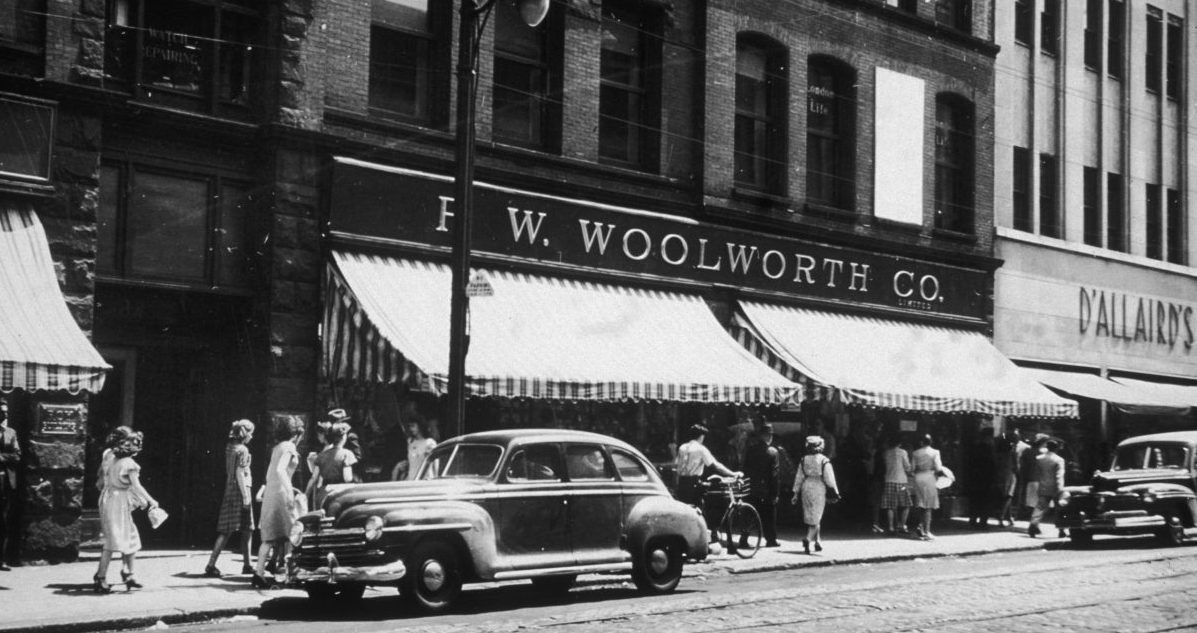
In 1979, 100 years after their initial founding, Woolworth became the world’s largest department store chain. Unfortunately, their expansion proved to be too much, too quickly. In 1993, the chain closed 400 of their locations and, by 1997, the rest had gone too. Many of the locations that opened in Mexico in the 1950s were sold to their competitor, Del Sol.
Palm Computing
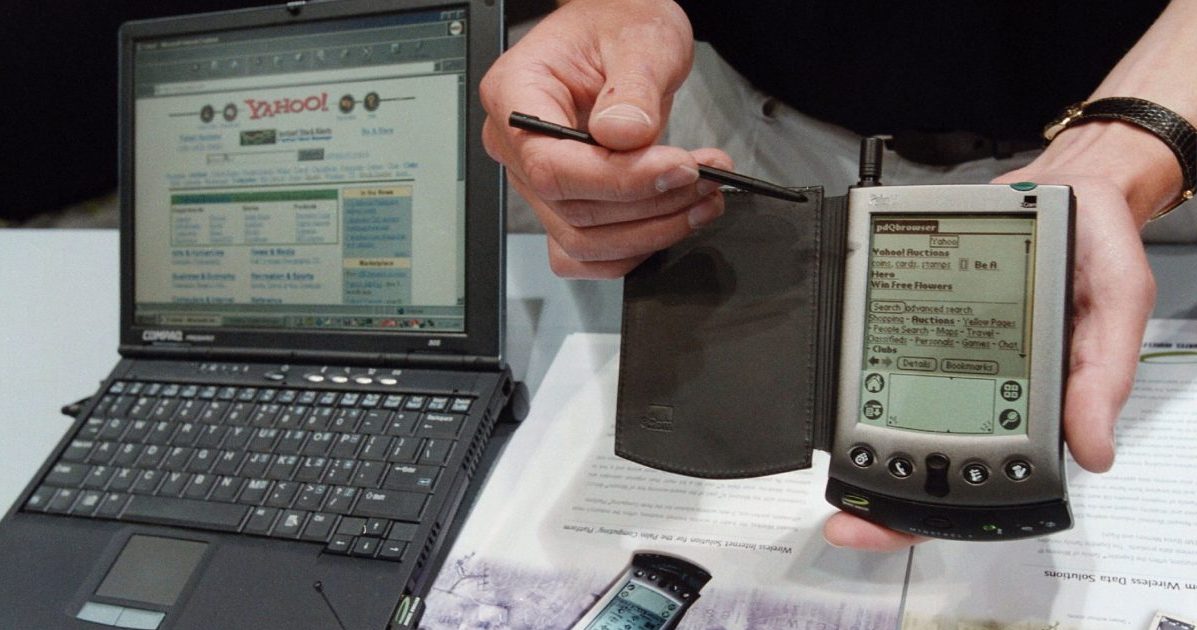
Palm Computing was once a big player in the tech game, even if their lifespan was short-lived. The personal digital assistant, PalmPilot, was so popular that it led to the company’s purchase by 3Com in 1997. At the turn of the millennium, Palm was valued at $53 billion. Then the smartphone was released and sales tanked. Nevertheless, HP bought the brand in 2010 for $1.2 billion.
Trans World Airlines
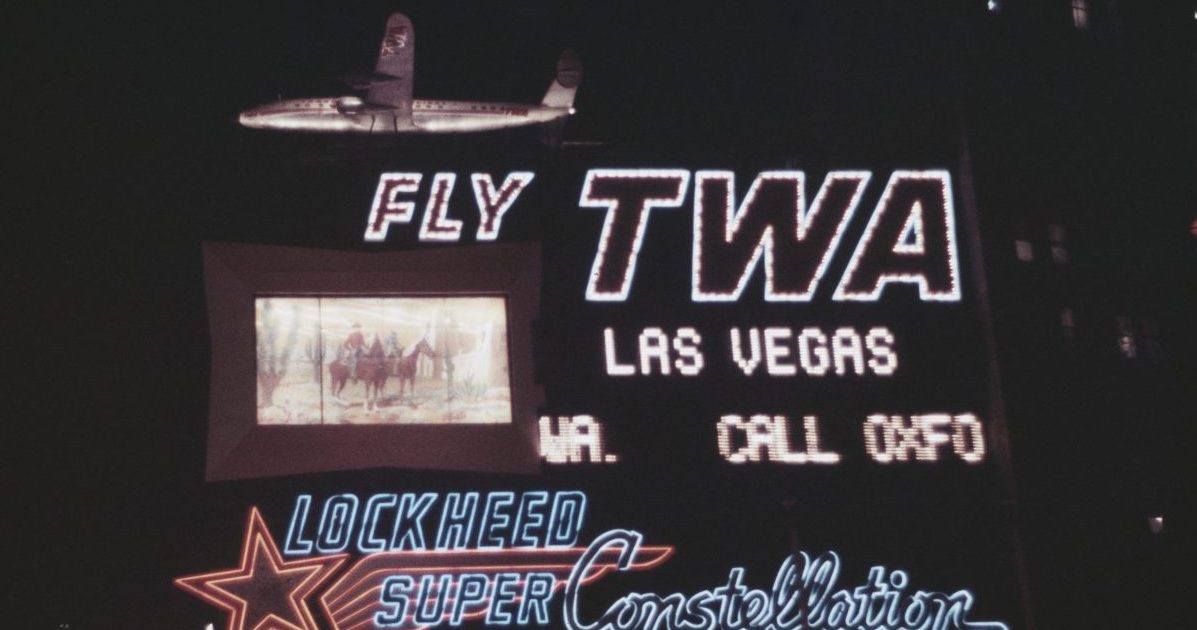
What do you get when you merge Western Air Express and Transcontinental Air Transport? Trans World Airlines, or TWA to those who loved them. After fifty years of success, TWA was purchased by Carl Icahn in the 1980s, who decided to turn the company private. By 1995, the brand filed for bankruptcy. In 2001, they were bought by American Airlines.
Pan American Airways
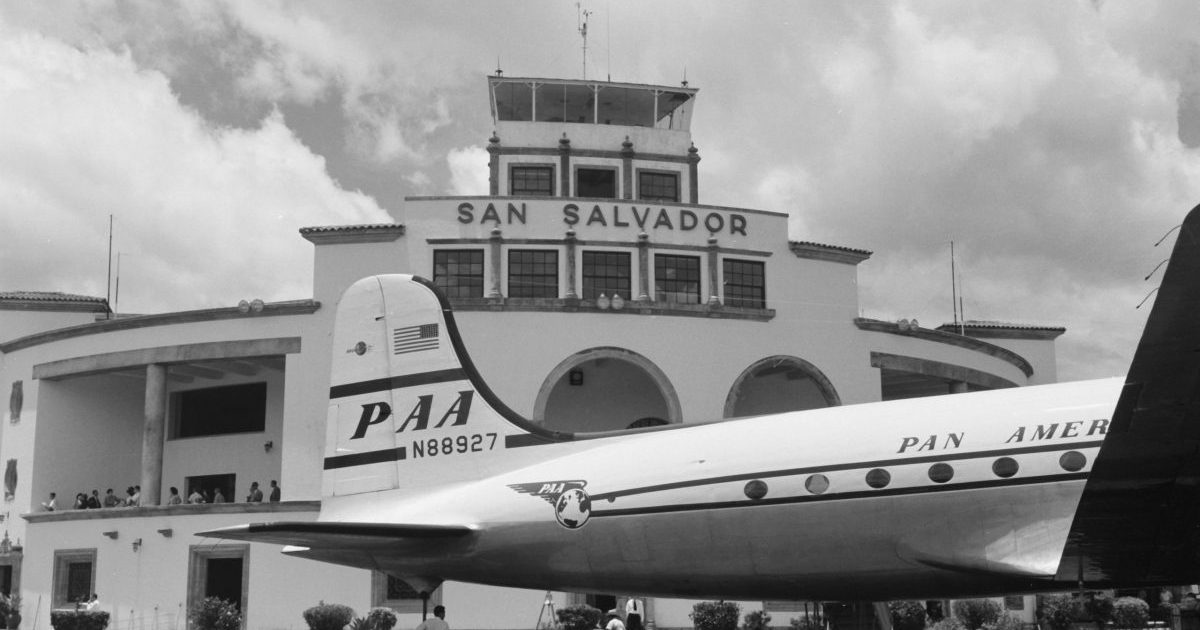
Pan Am. For many people, those two syllables can invoke amazing memories. Originally just a mail and passenger service that ran between Florida and Cuba, by the 1970s, they had carried over 6 million passengers a year to 86 different countries. Profits tanked with the emergence of other airlines though, and by 1991, Pan Am was nothing but a legend.
Kenner Products
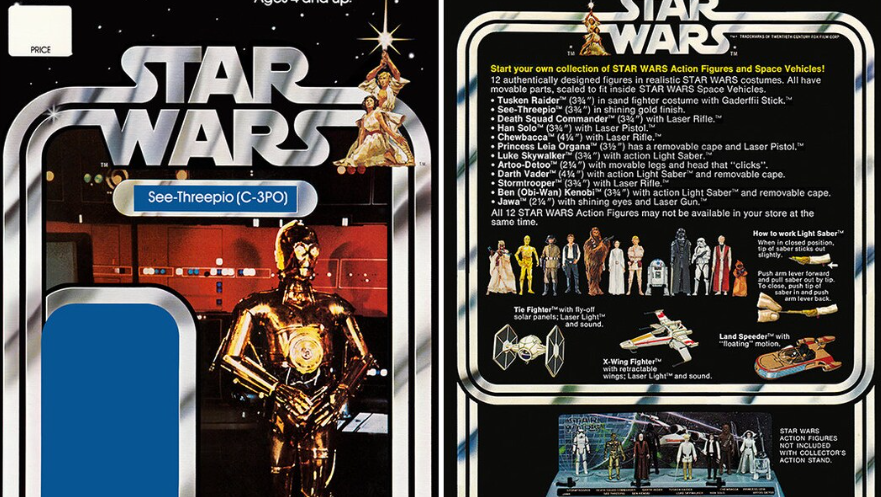
Founded by brothers Albert, Phillip and Joseph Steiner in 1947, Cincinnati’s own Kenner Products was a toy company most famous for their creation of the Easy-Bake Oven. Thanks in part to a string of Star Wars toys, profits continued to soar throughout the 70s, but 1987 saw the brand be bought by Tonka and then later Hasbro in 1991.
Tower Records
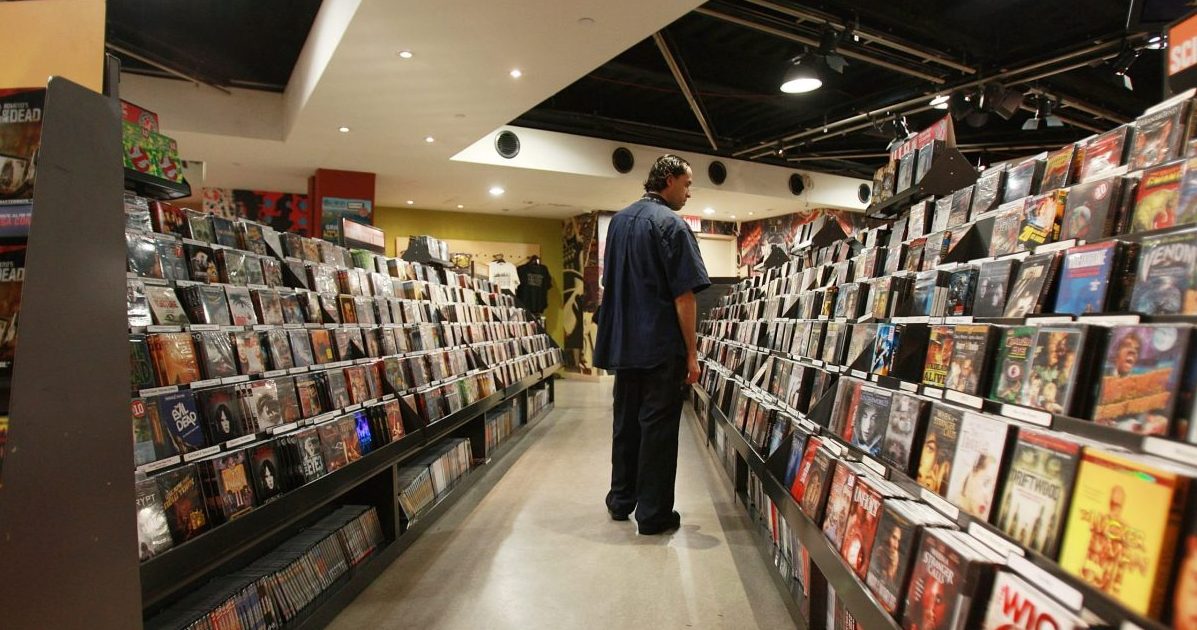
Founded in 1960, Tower Records was one of the most popular record stores throughout America and beyond. By the mid-1990s, there were over 200 Tower Records stores across the world, raking in a cool $1 billion per year in sales. Unfortunately, like a lot of traditional music outlets, the emergence of downloads put them out of business. By 2006, Tower Records was no more.
Pier 1 Imports
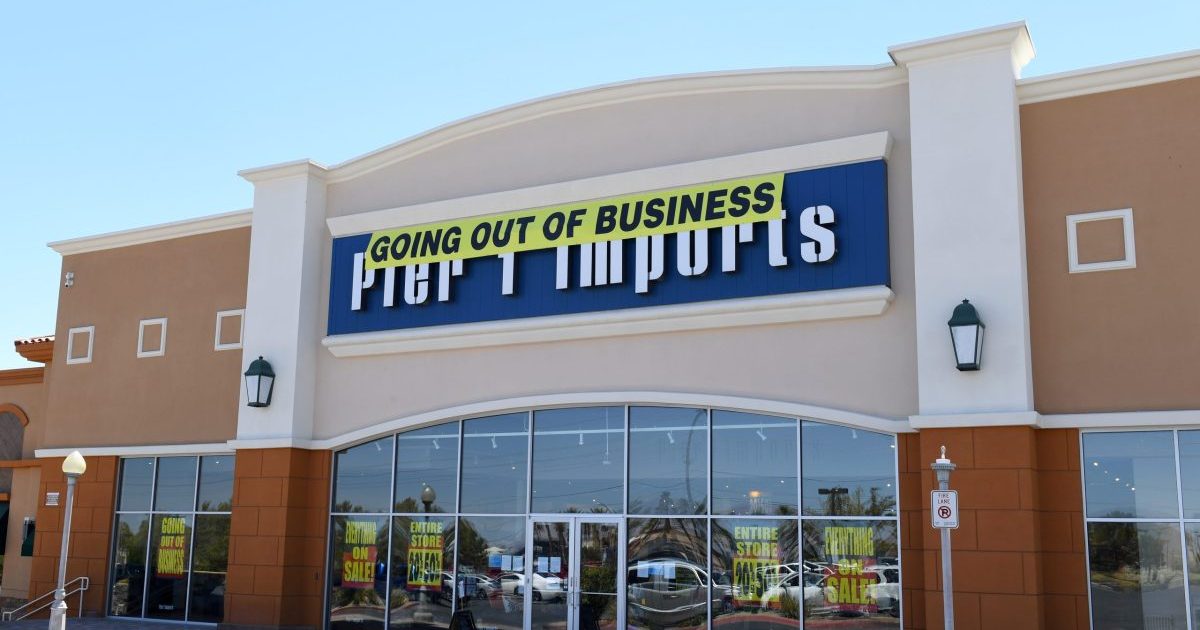
Before the modern online retail giants, it was the likes of Pier 1 Imports which satiated America’s appetite for all things furniture and decor. Founded in 1962, this brand enjoyed a good half-century of sales before they began to struggle against competitors like Amazon, Walmart and TJ Maxx. In early 2020, Pier 1 Imports announced their closure.
Borders
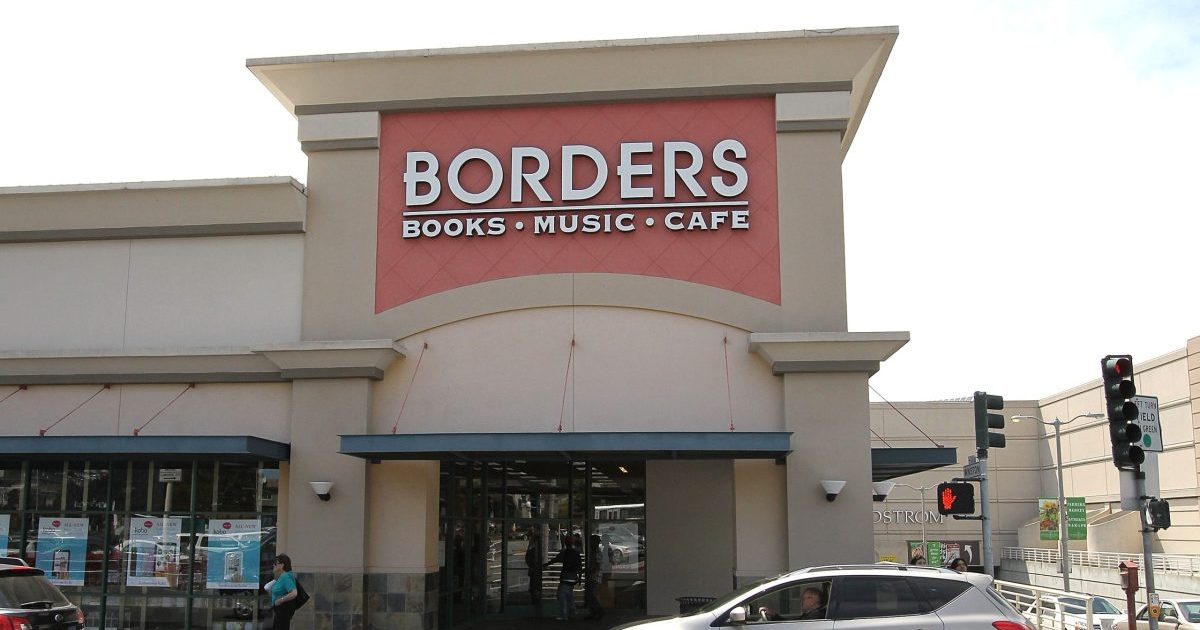
Founded in Ann Arbor, Michigan in 1971, Borders bookstore sparked a reading revolution, growing quickly to over 650 stores throughout America and abroad. Despite ongoing popularity, profits began to plummet with the advent of e-books and Amazon. By 2010, Borders was losing a staggering $185 million per year. So it was no surprise when, in 2011, they went into liquidation.
Sports Authority
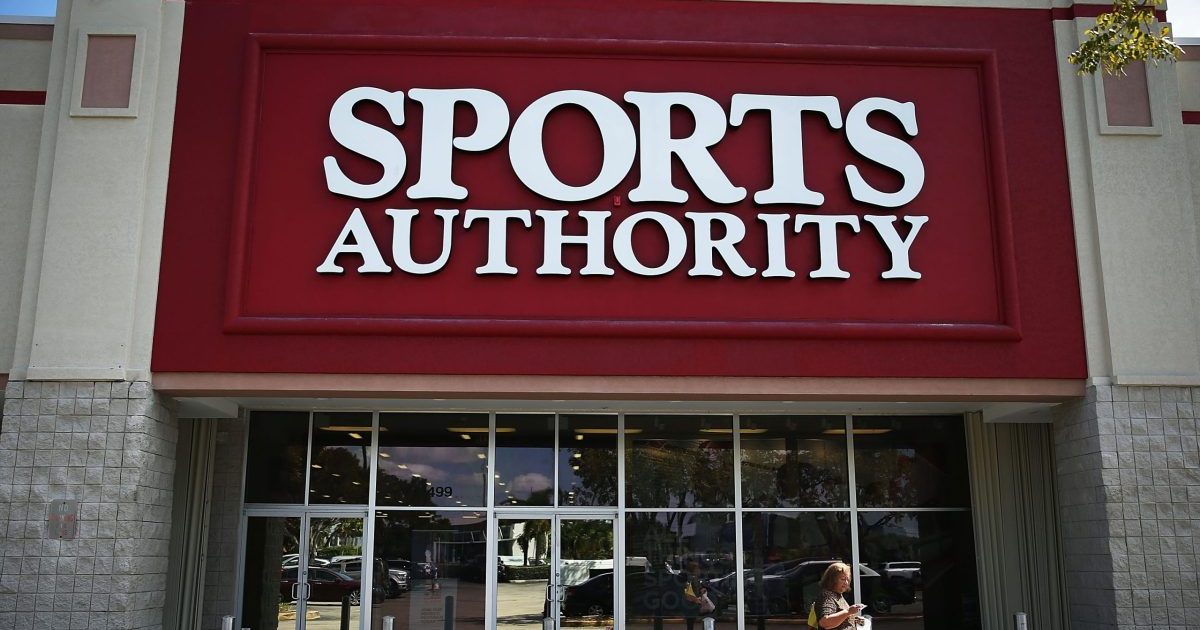
These days, you can find sportswear in many shops, both physical and online. Back in the day, however, you had to seek out specific outlets specialising in all things bats and gloves. Sports Authority operated across 400 stores throughout the States at one point, becoming the largest sporting goods retailer in the country. By 2016, though, they had filed for bankruptcy.
Kodak
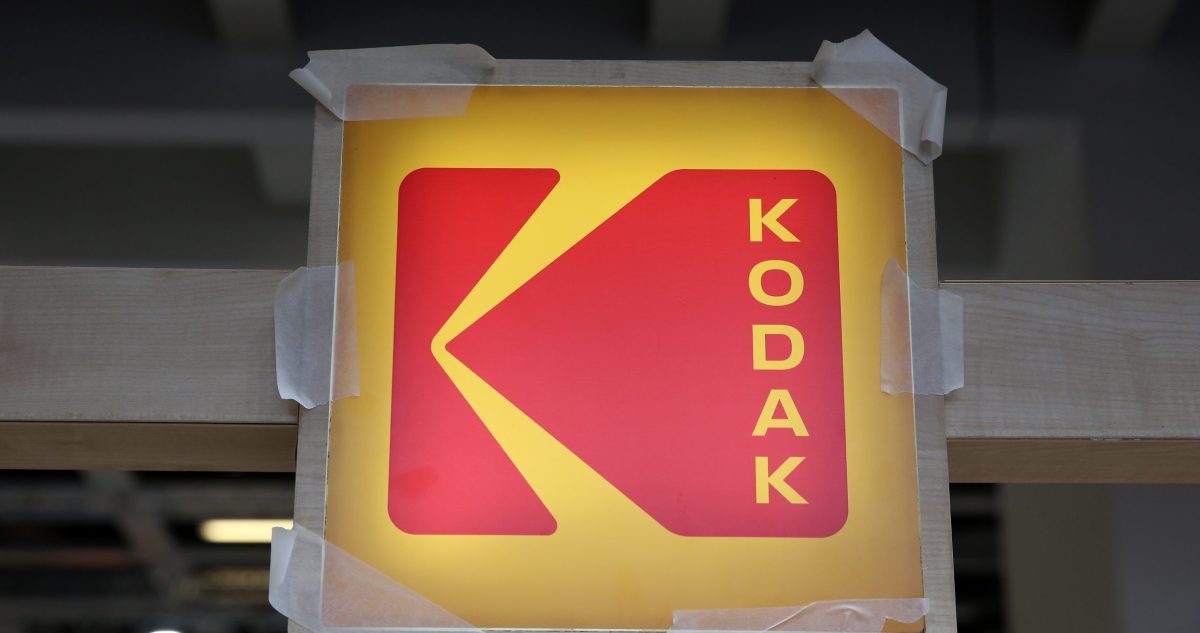
There’s a reason why Pitbull referenced Kodak in his song Give Me Everything: real recognises real. This American giant provided the people with accessible photography equipment at a time long before camera phones, but the second photography became digital, Kodak suffered. In 2012, they filed for bankruptcy.
Blockbuster
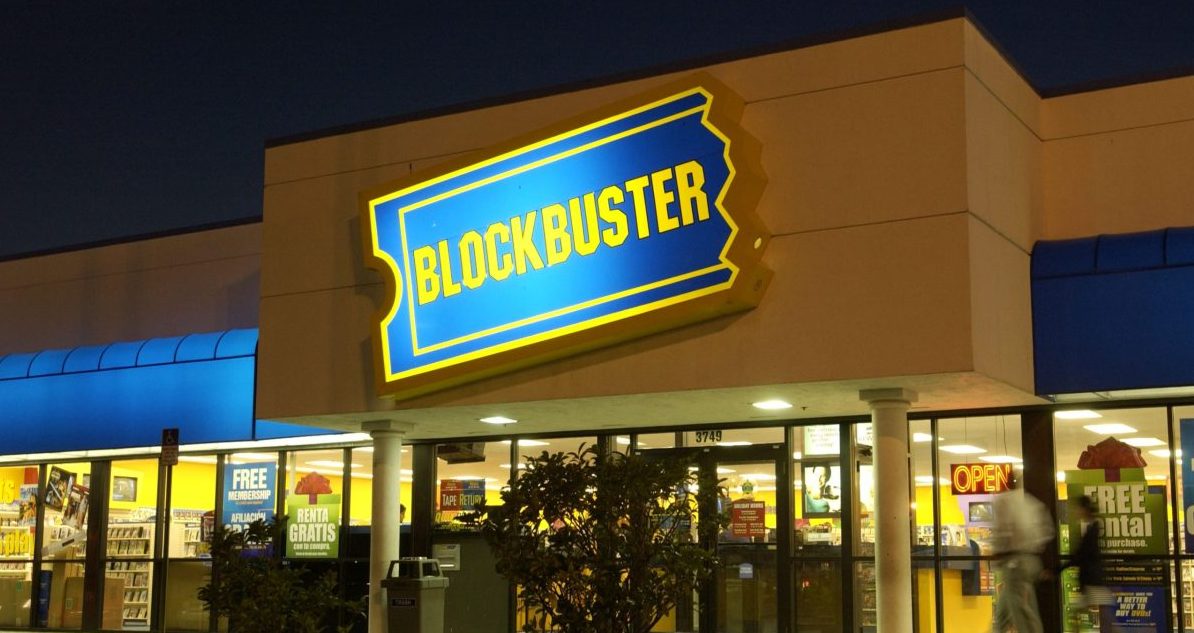
Oh, Blockbuster. The world moved too quickly for this nostalgic giant in the end, but they will never be forgotten. For many years, particularly around the mid to late-90s, they served as a film lovers’ sanctuary and non-negotiable Friday night stop. Opened in Dallas in 1985, this video rental company managed to hold on all the way up until 2013.
RadioShack
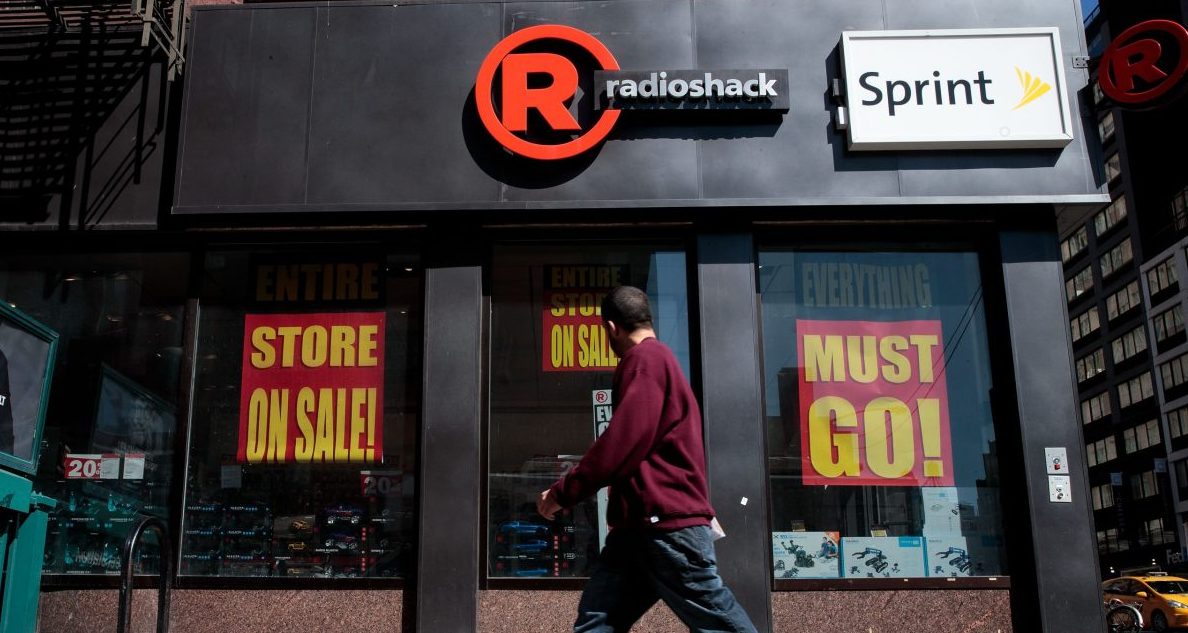
Believe it or not, the first RadioShack dates all the way back to 1921 in Boston. The company really hit their strides in the mid to late 20th century, however, selling loudspeakers, mobile phones, TVs and electronic toys. Somewhere in between those two dates, Jeff Bezos was born, founded Amazon, and ruined RadioShack’s upward trajectory.
Bebe
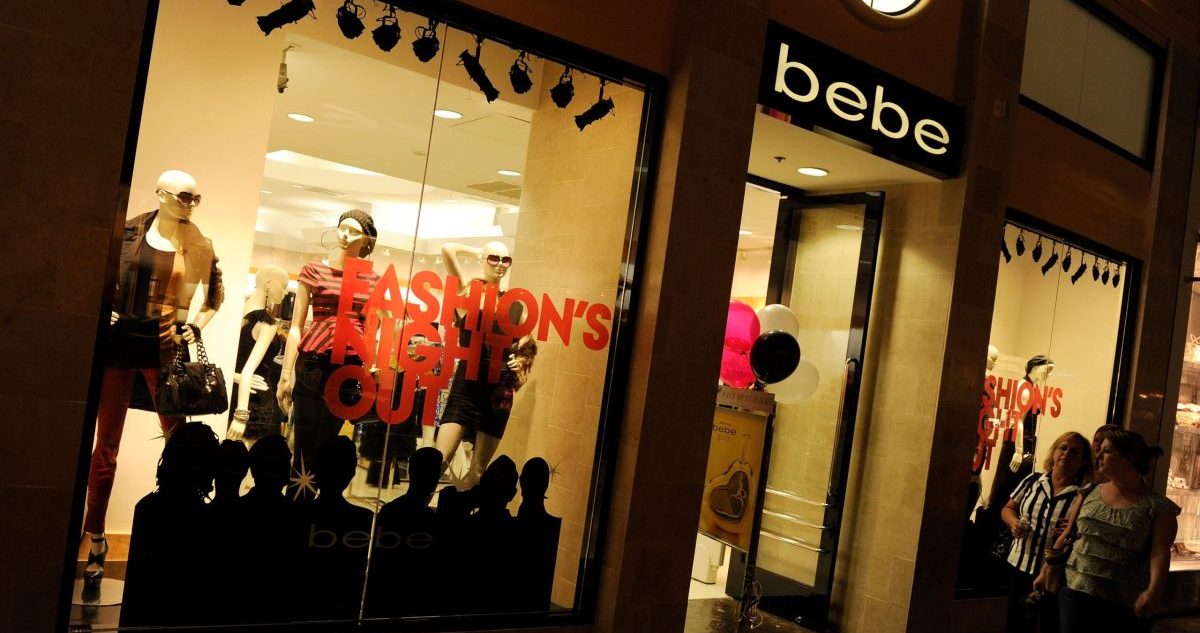
If you went to any mall between the 1970s and the 2010s, you’ll have seen a Bebe store before. Founded by Iranian immigrant Manny Mashouf in 1976, this women’s retail store made his family billionaires in 2006 at the peak of the fast fashion boom. Declining sales sadly followed and put Bebe to bed in 2017.
American Apparel
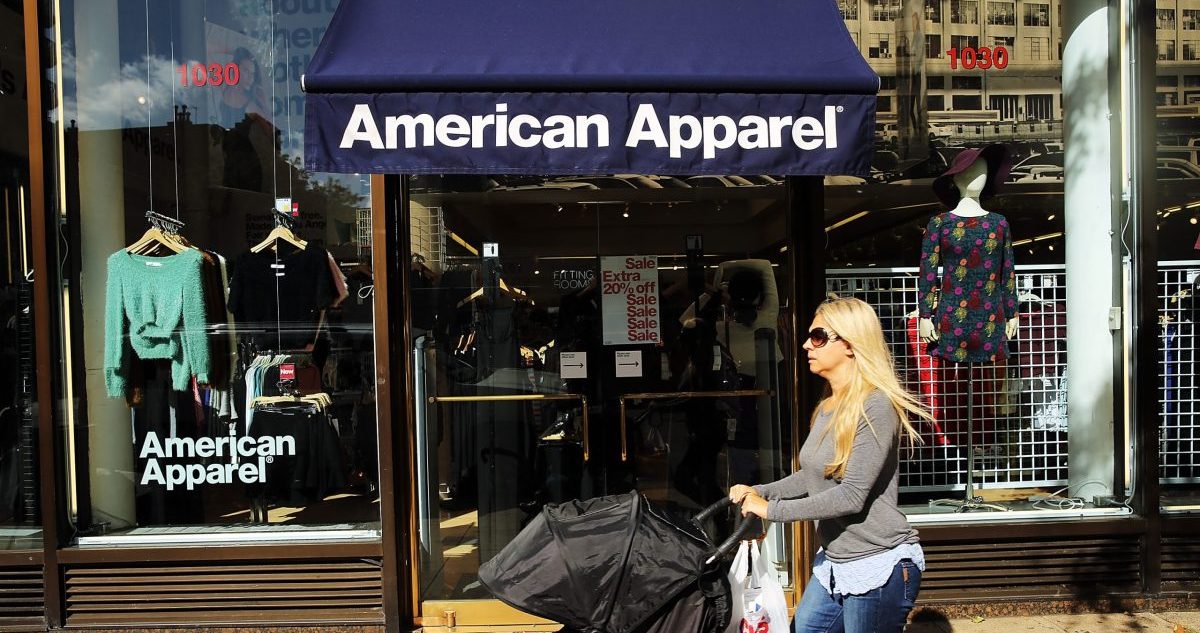
American Apparel didn’t suffer as a consequence of the dawn of online shopping the way a lot of retailers did. Instead, it was a string of scandals involving their labour practises and allegations of staff harassment that brought them to their knees in 2017 after 28 years of activity. The shop can still be found online but it’s a shadow of its former high street self.
Toys “R” Us
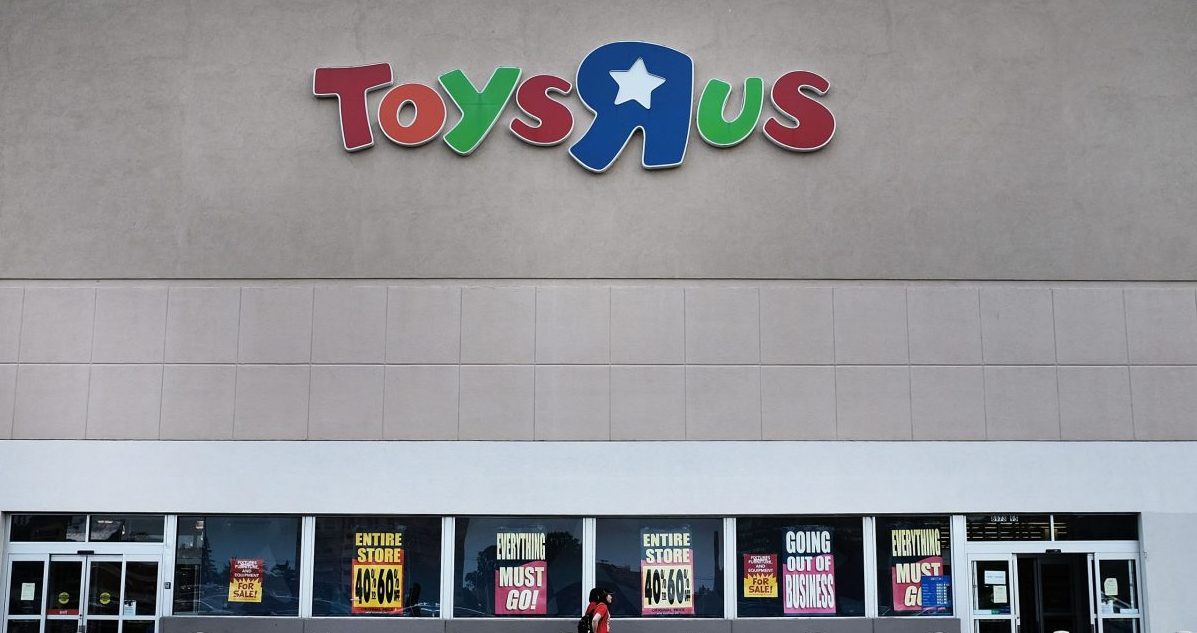
Despite how long they’ve been gone, it’s still hard to imagine a world in which this toy retail giant doesn’t exist. Founded in 1948, Toys “R” Us was the first shop to devote itself purely to toys and kids were immediately obsessed! As a consequence, shopping for figurines and bikes wasn’t something children did only on their birthday or at Christmas. Unfortunately, stiff competition saw these guys tap out in 2018.
Payless ShoeSource
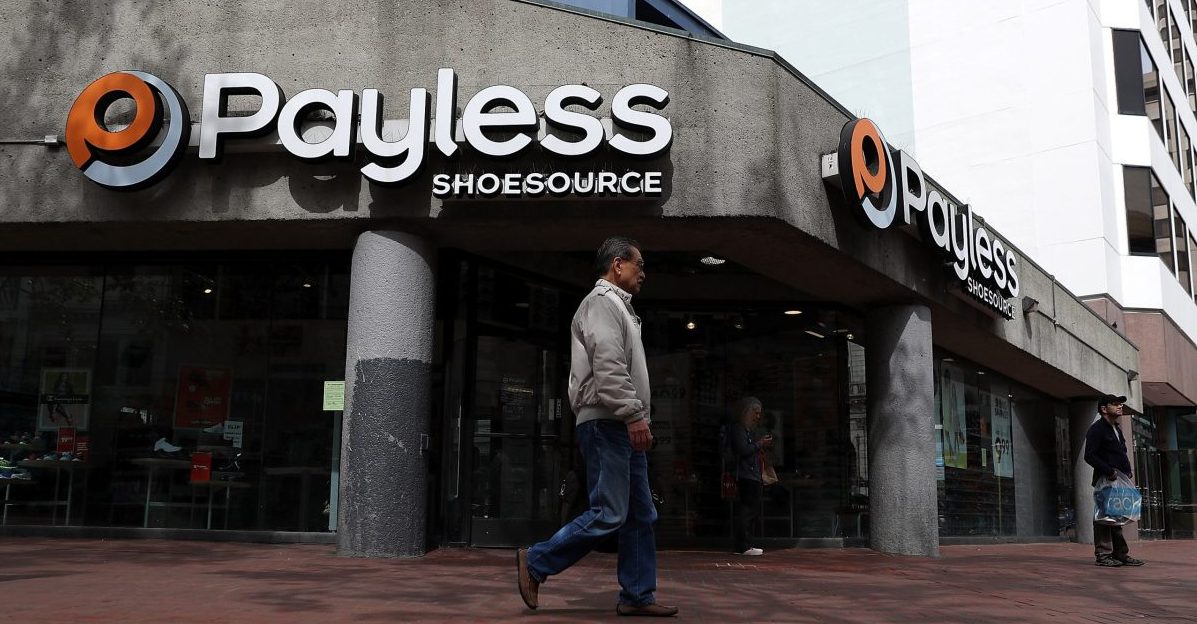
This shoe retailer started out life as Volume Shoe Corp before becoming the giant that was Payless ShoeSource. By 2011, they had a sales volume in excess of $3.4 billion. They filed for bankruptcy in 2017 following rising debts from an expansion plan. All stores were closed within two years.
Gymboree
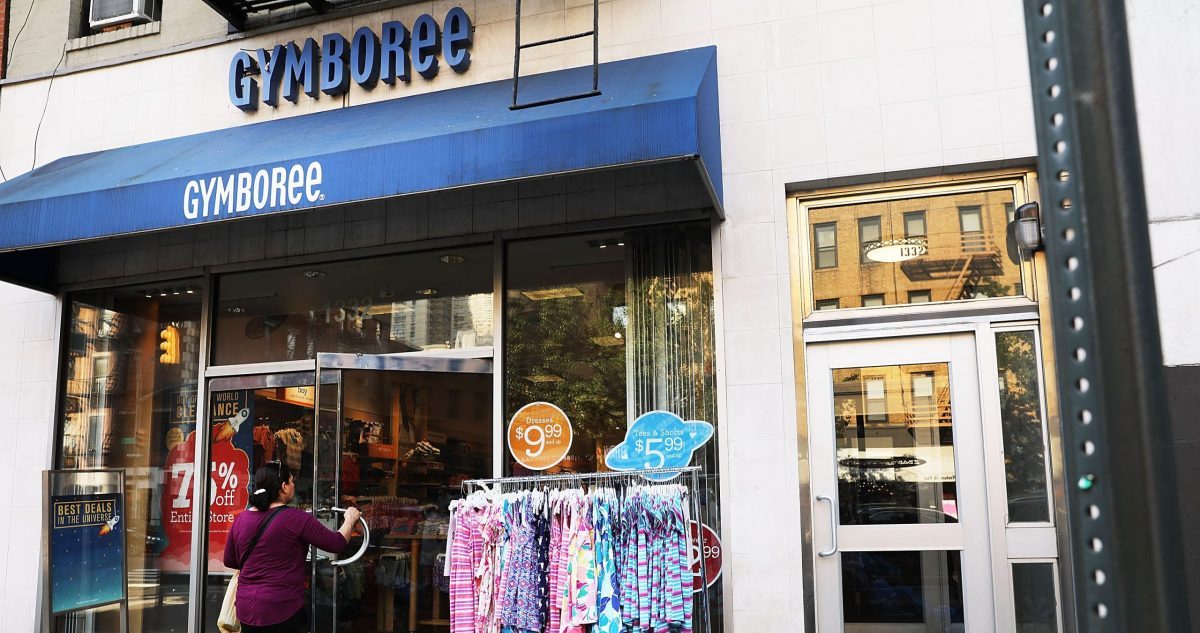
Gymboree was founded in 1976 as a play centre for kids. A decade later, they began selling children’s clothes. Bain Capital bought the company in 2010 for $1.8 billion, expanding the business without suffering much loss. Then, out of nowhere, Gymboree declared bankruptcy in 2019 and was acquired by their competitor, The Children’s Place.
Dressbarn
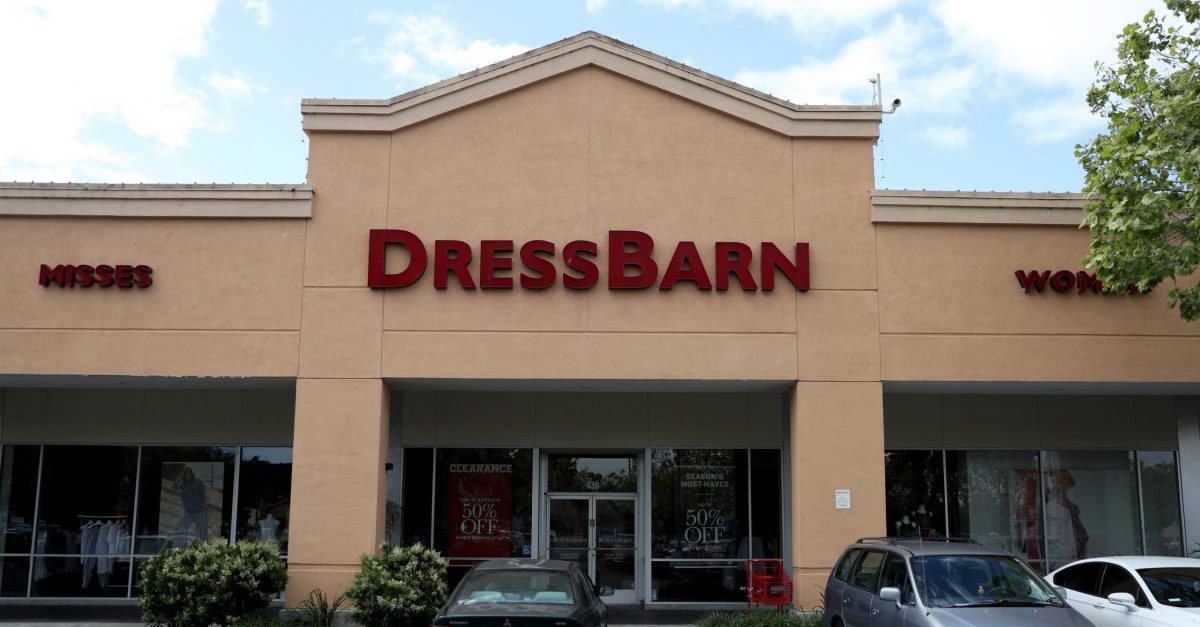
Dressbarn opened in 1962 by a mother of three in Stamford, Connecticut. They lasted almost sixty years in the business before being acquired by Ascena Retail Group in 2011. “This decision was difficult, but necessary, as the Dressbarn chain has not been operating at an acceptable level of profitability in today’s retail environment,” Steven Taylor, chief financial officer of Dressbarn, said in a statement at the time.
Papyrus

Papyrus knew that people appreciated upscale greeting cards that you couldn’t find in your local goods store. Their stores, including American Greetings, Carlton Cards and Paper Destiny, exceeded 500 prior to the 2008 financial crash. With the decline of brick-and-mortar shopping, Papyrus was no more by the early 2010s.
Stein Mart
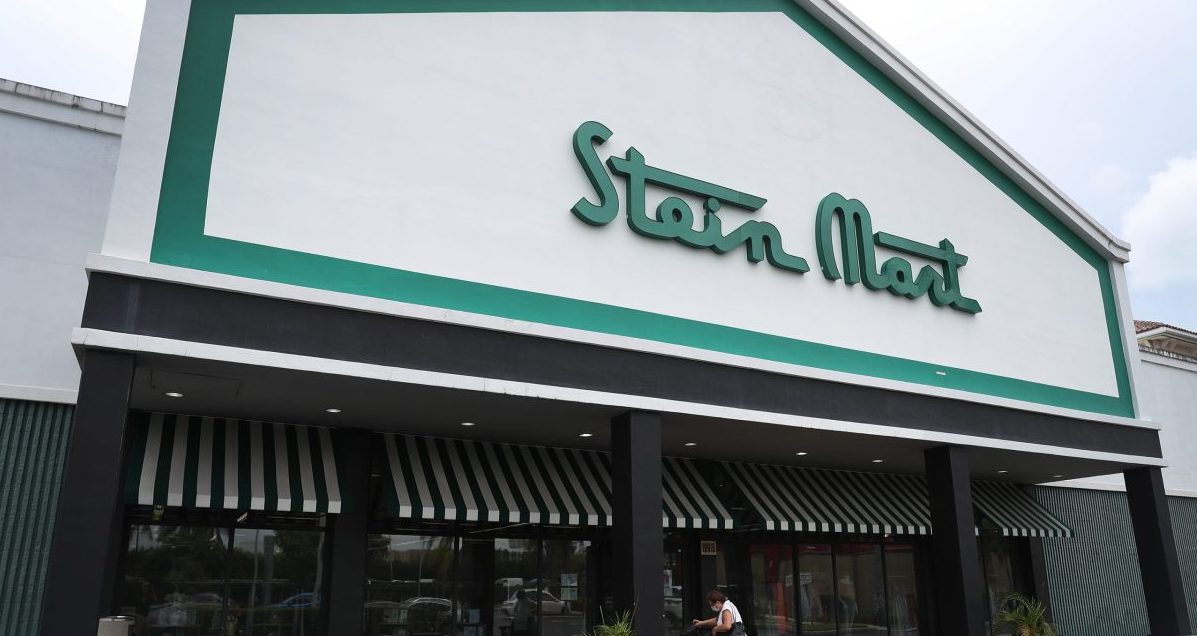
Russian immigrant Sam Stein opened Stein Mart in 1908 as a humble merchandise store before evolving it into a department store. The company remained in the family all the way to 2020 when they filed for bankruptcy. In August of that year, Stein Mart’s liquidators announced that they would be closing all 279 locations.
Barneys New York
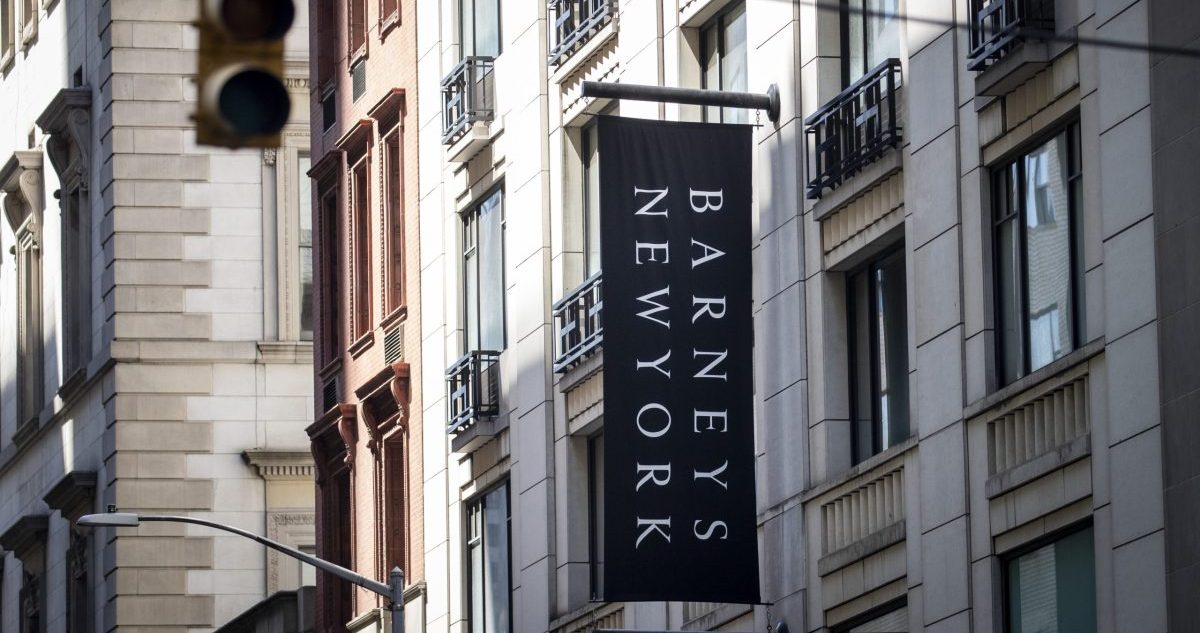
New York feels a lot lonelier without its legendary 500-square-foot men’s discount store. Founded by Barney Pressman in 1923, the company was later inherited by his son Fred who turned it into the luxury retailer giant. In 2019, the company was sold to Authentic Brands Group and financial firm B. Riley for $271.4 million, and a year later, all remaining stores were closed for good.
Polaroid
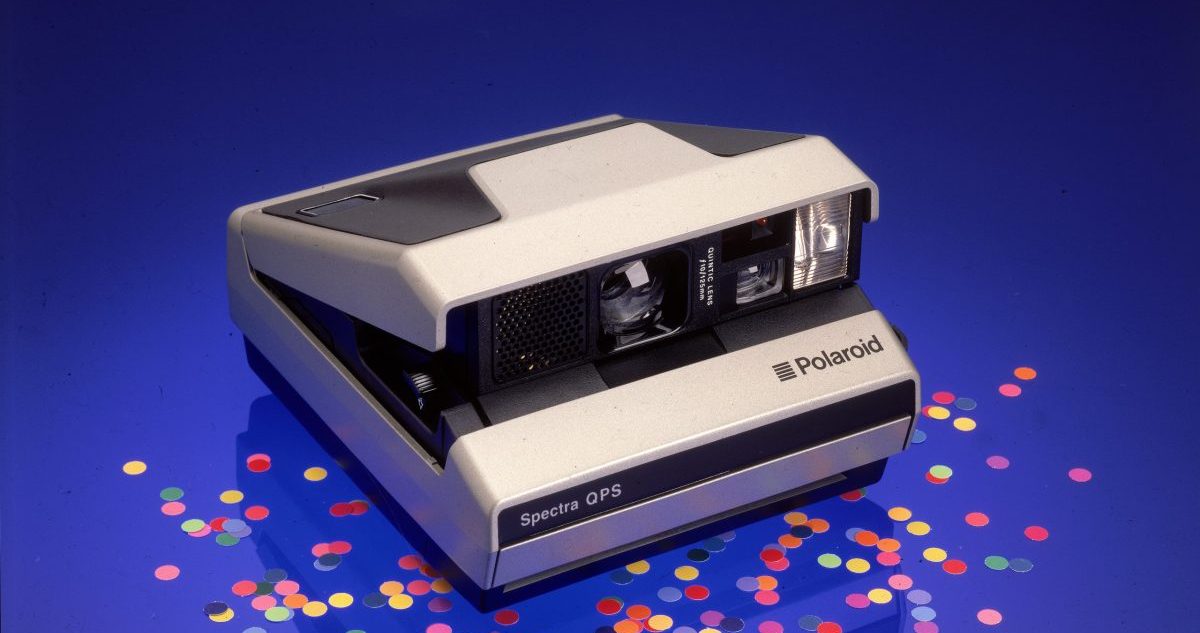
No waiting around for days, perhaps weeks, only to see a terrible photo; with Polaroid, you could see one in under five minutes. The main problem? The company couldn’t predict the future. When digital photography burst onto the scene, Polaroid just assumed their product would remain relevant enough to stay in business. It didn’t. In 2017, Impossible Project acquired the brand.
Pets.com

Who’d want to see the end of a special thing like this? Pets.com sold pet accessories and supplies over the web, which back in August 1998 was a complete revelation. The joy was short-lived, however, as liquidation shortly followed. $300 million of investment capital died alongside the company. Today, the Pets.com URL redirects users to PetSmart’s website.
Compaq

Before Apple really got going and Amazon even got started, Compaq was one of the largest sellers of PCs in the whole world. In fact, it’s them you have to thank for some of the IBM PC compatible computers. Unfortunately, it was outsider Dell who contiributed to Compaq going out of business, leaving HP no option but to acquire the company for $25 billion in 2002.
Chrysler
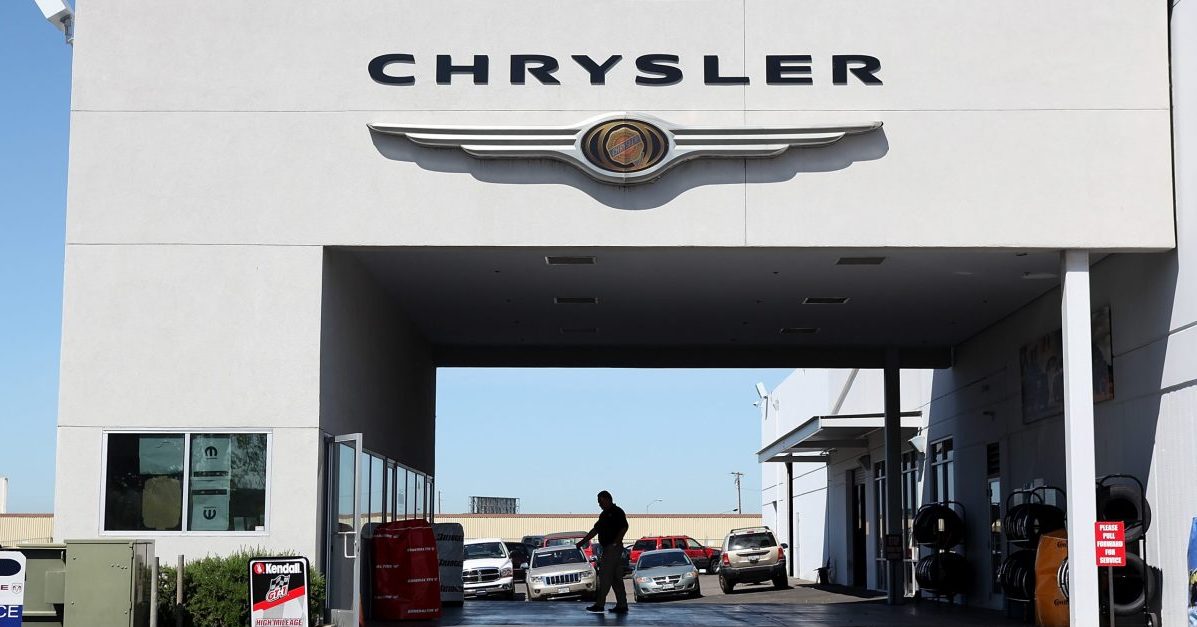
Automobile giant Chrysler was one of the most famous brands in the United States, but their reign couldn’t last forever. Founded in 1920, Chrysler managed to thrive all the way until the 2008 financial crisis, when it had to declare bankruptcy. Fiat acquired the brand in 2014 after it tried to find its feet again. Its parent company is now Stellantis.
Refco

Based in New York, Refco was a financial services company founded in 1969. Unlike most companies of its kind, Refco wasn’t brought down by the 2008 financial crisis. Instead, CEO, Phillip. R Bennett was found to be hiding $430 million in bad debts, leading the company to declare bankruptcy in October 2005.
Circuit City
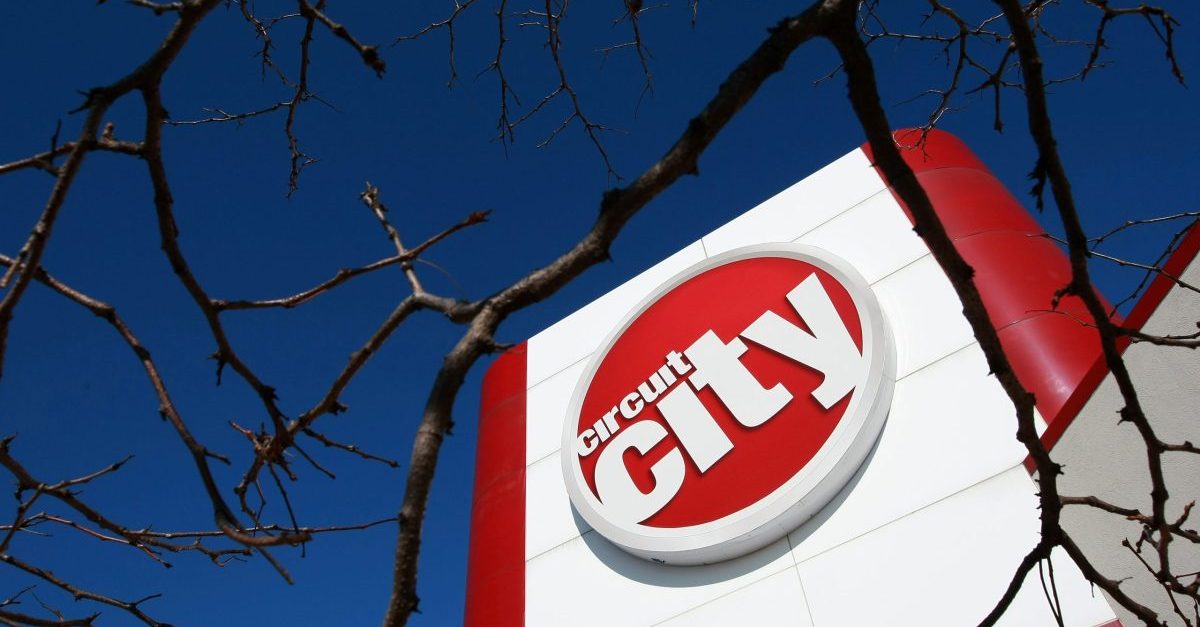
If you needed a television or any kind of electronic device in the early 2000s, you headed down to your local Circuit City and found it there! At its height, the company had 1,520 stores. What happened to end their proliferation? Best Buy. Circuit City tried to counter the loss of traffic by opening more stores, but the strategy didn’t work. They declared bankruptcy in November 2008.
Sears
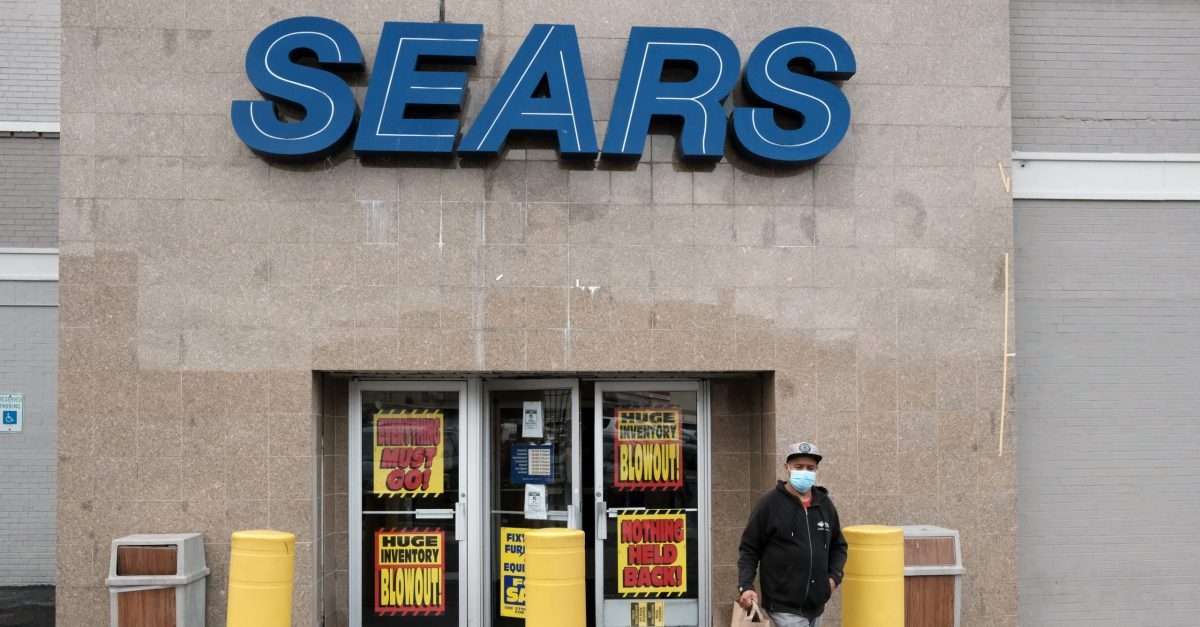
Sears it ain’t so! Seeing this veteran department store bite the dust was a loss like no other for many shoppers. The all too common villain in this story, online shopping did away with this company’s business, leaving it no other choice but to file for bankruptcy in October 2018. Their retail assets were sold to ESL Investments, which also went bust in 2019.
Bed Bath & Beyond
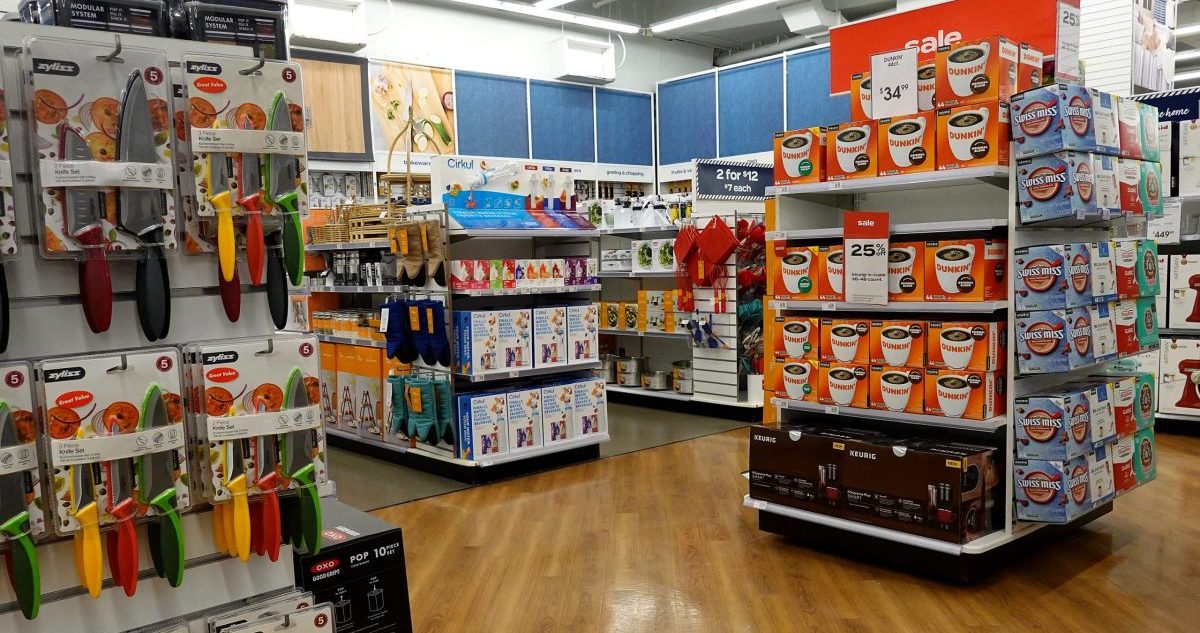
Bed Bath & Beyond should really have had a fourth noun in its name: bankruptcy. Having been open since 1971, this company was hit hard by the COVID pandemic, which collapsed most of its over 1,000 store empire. By February 2023, the entire Canadian division was closed, and the company filed for Chapter 11.
Charming Charlie
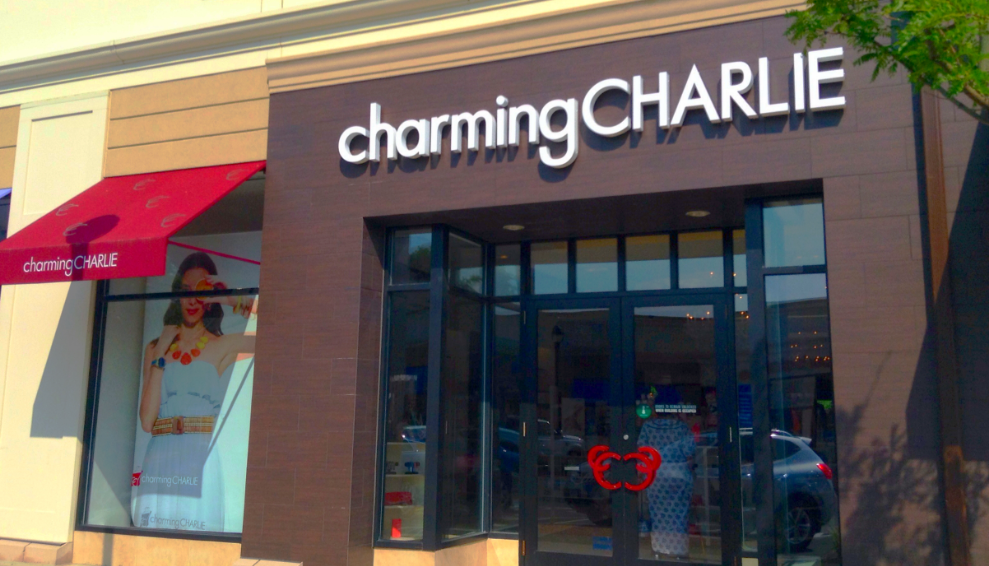
Charming Charlie had lost all of its charm by 2017, when the company’s CFO blamed the “continuing decline of physical consumer traffic,” as the reason why this former American favourite needed to file for bankruptcy and shut down its stores. Just two scant years later in 2019, Charming Charlie had closed all 261 of its doors across 38 states.
Ruby Tuesday
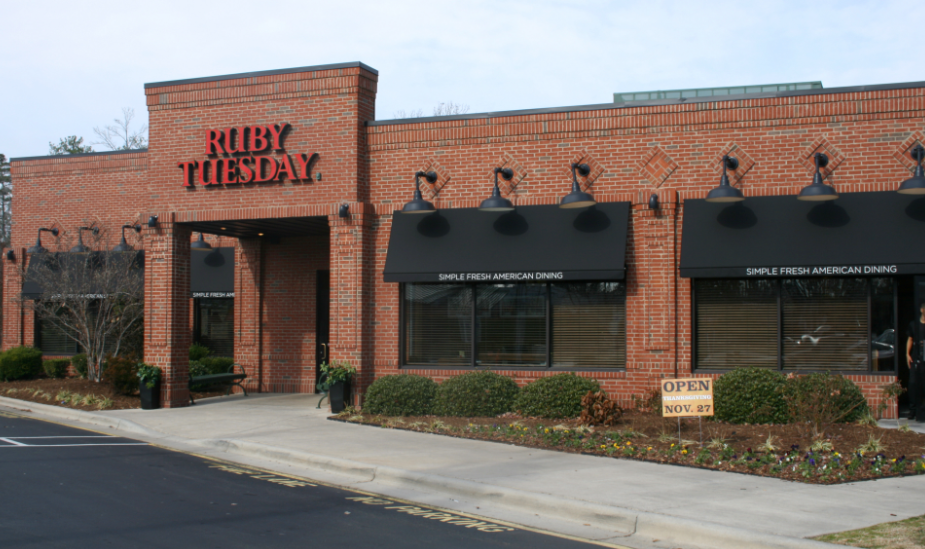
When The Rolling Stones sang, “Goodbye, Ruby Tuesday” in their 1967 classic, they could never have foreseen the close of staple American restaurant Ruby Tuesday in 2017. After being sold to private company NRD Capital at the end of the 2010s, Ruby’s had no option but to close its restaurants; all 400 of them, to be exact.
A&P
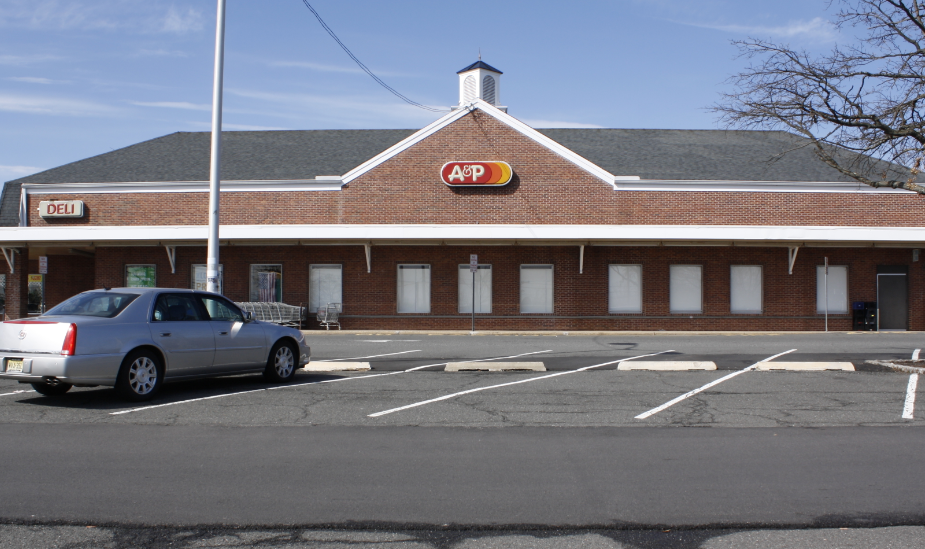
A&P was once the largest grocery store chain in the States. So why did it close its doors back in 2015? Well, the company had many competitors and little propensity for innovation. A&P did little to keep up with new trends and also had a less-than-stellar reputation for customer service, and so it filed for bankruptcy in 2011.
Old Country Buffet
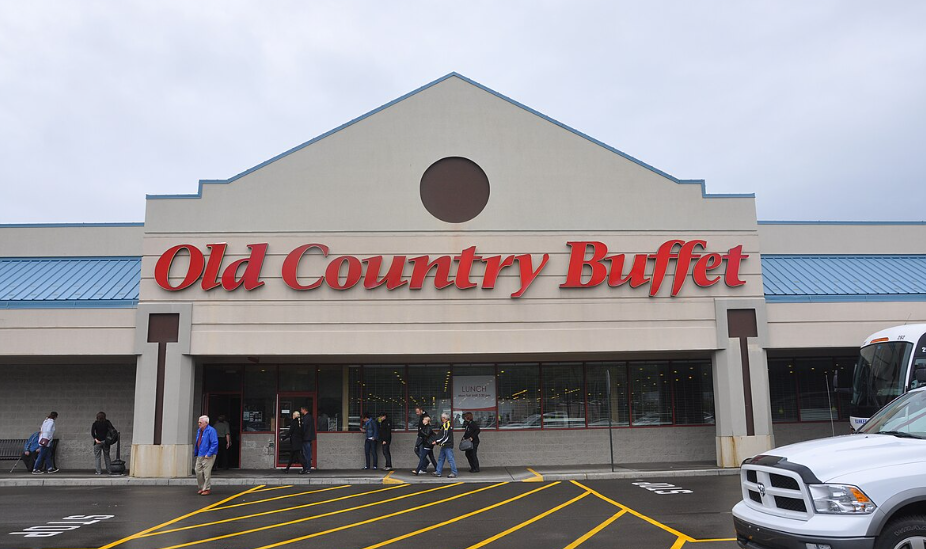
Old Country Buffet was a beloved restaurant chain aross the United States that filed for bankruptcy in 2012 for the second time. As a result, the company closed a whopping 81 restaurants throughout the country. Before Old Country Buffet completely ceased operations in 2021, there were just 18 branches left.
Hills

Founded in 1957 by Herbert H. Goldberger, Hill’s discount department store was a revolution among Midwestern and Southern shoppers. When it went public in 1987, it quickly became the nation’s eighth-largest discount retailer. A decade later, however, and sadly Hills is no longer. It was taken over by Ames in 1995, which also went bust in 2002.
Beefsteak Charlie’s
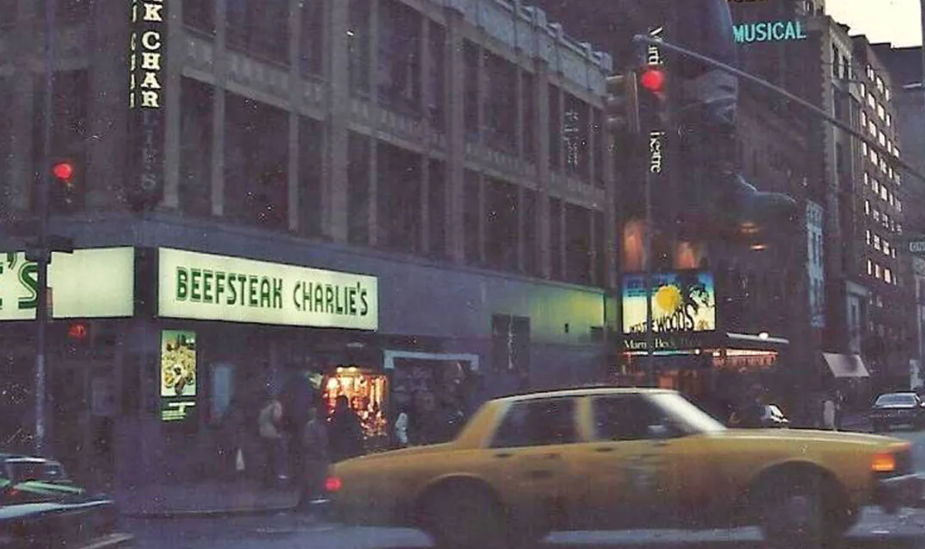
There’s not a lot of money in novelty fast food joints today but, in the 20th century, they were all the rage. One of the most famous was horse racing-themed chain Beefsteak Charlie’s. Popular with customers for its steak sandwich, the chain grew to 60 locations before declining in popularity and closing its doors in 2009.
Chi-Chi’s
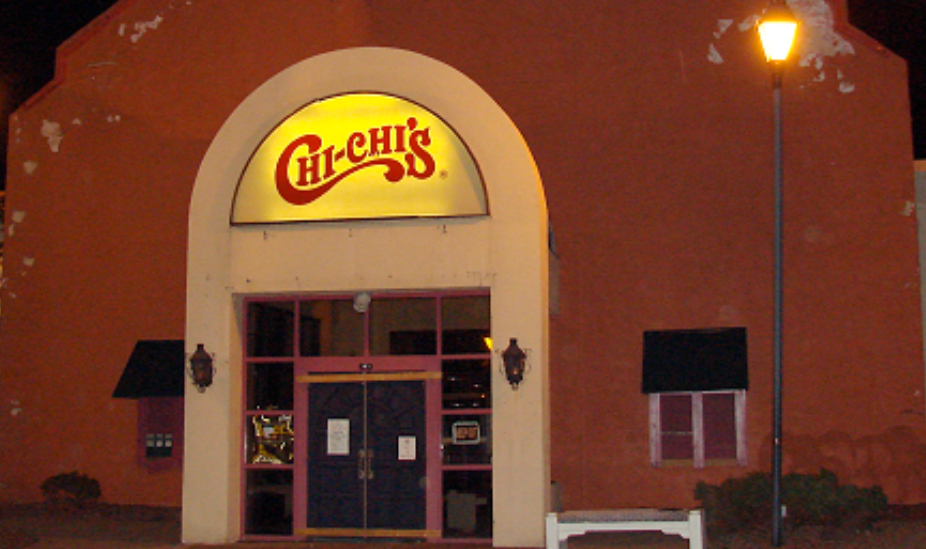
First opened in 1975 in Minneapolis, Chi-Chi’s Mexican Restaurant burst onto the scene and quickly grew, boasting 210 locations across the United States after just two decades. A string of poor financial decisions saw this one off to an early grave though, alongside a hepatitis A outbreak that left hundreds sick in 2003. Yikes!
Kaufmann’s
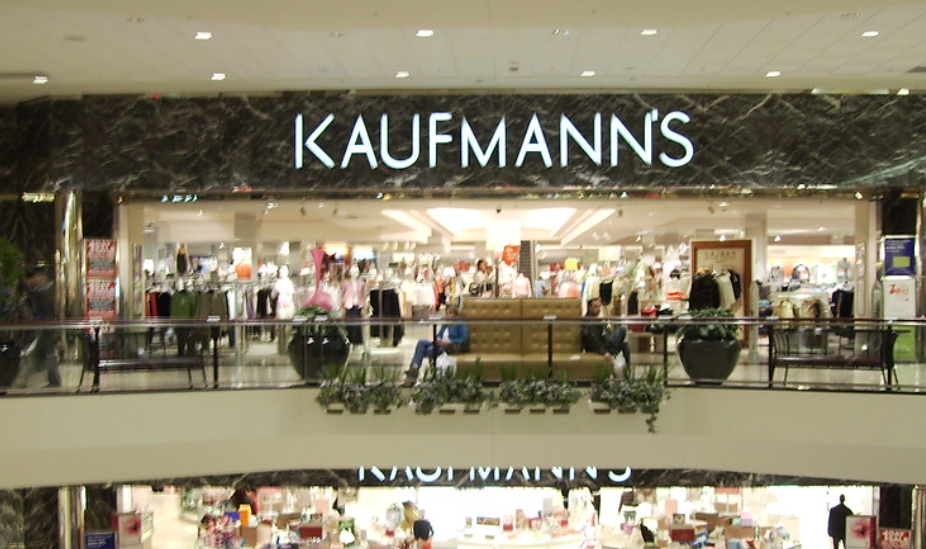
Described as “one of the most important department stores in the United States,” in the early 20th century, Kaufmann’s operated 59 stores at the peak of its popularity, with its flagship store in Pittsburgh acting as a local landmark. Sadly, this retailer was gobbled up by Macy’s in 2005 and ceased business.
Fry’s Electronics
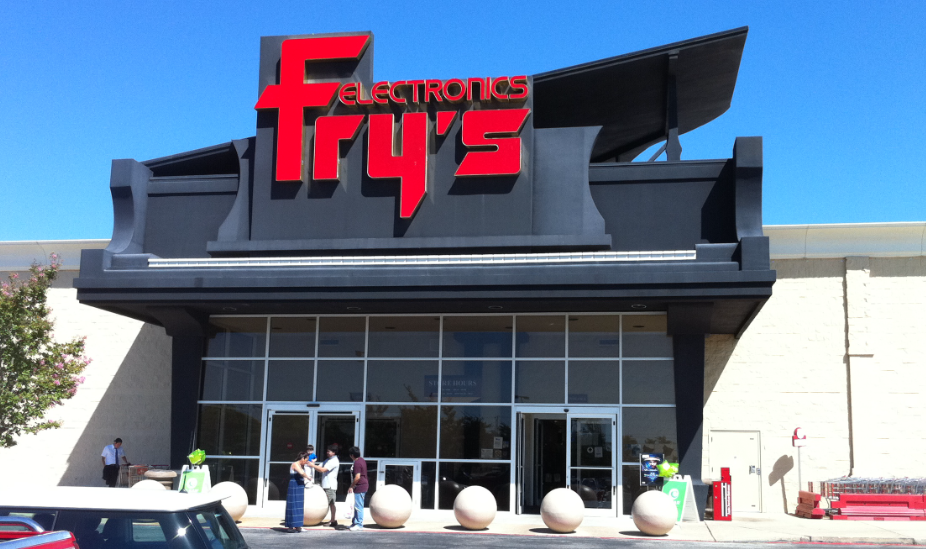
Fry’s Electronics faded from relevance very gradually before closing all of its remaining locations in one fell swoop overnight in February 2021. The company managed to stay in business for four decades, in part due to its instantly distinctive decor and styling. In the end though, Fry’s just couldn’t compete with Amazon and Best Buy.